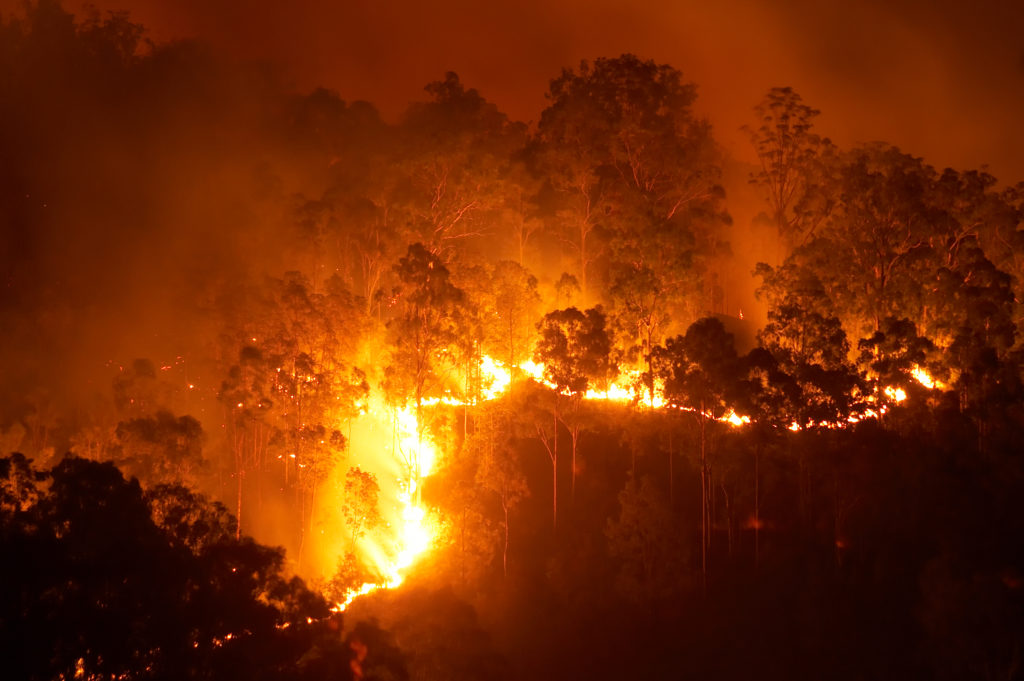Proactive Residential Property Defense: Leveraging the Insights of a BAL Report
Wiki Article
Navigating Bush Fire Protection Laws With BAL Report
Central to this venture is the Bushfire Attack Degree (BAL) report, a vital file that assesses the possible exposure of a home to bushfire. By delving into the intricacies of BAL evaluations and their implications for developing compliance, stakeholders can proactively take care of bush fire dangers and safeguard buildings against possible dangers.Comprehending Bush Fire Protection Rules
To efficiently browse the complexities of bush fire protection guidelines, it is vital to have a clear understanding of the governing guidelines and needs in position. Shrub fire protection guidelines are essential for guarding residential properties and lives in areas prone to bushfires. These laws establish the criteria and protocols that residential or commercial property proprietors have to comply with in order to mitigate the risks related to bushfires.
Value of BAL Analyses
Recognizing the importance of BAL analyses is pivotal in making sure conformity with bush fire protection policies and effectively reducing the dangers linked with bushfires. BAL assessments, which figure out the Bushfire Attack Degree of a residential or commercial property, are critical for designing suitable bush fire security procedures customized to the specific risk profile of the site. By examining variables such as vegetation kind, distance to potential fire risks, and slope of the land, BAL evaluations supply useful insights right into the degree of risk a property faces during a bushfire event.

Implications for Building Conformity
Navigating with structure conformity needs in accordance with BAL analyses is necessary for guaranteeing frameworks are effectively strengthened versus the dangers postured by bushfires. Structures that fall short to meet the needed conformity requirements are at a greater danger of receiving damage or damage throughout a bushfire event.Making sure structure compliance includes mindful planning, building, and upkeep to mitigate the potential effect of bushfires try this out - BAL Report. It requires a detailed understanding of the BAL rating designated to the home and applying the appropriate measures to improve its fire Go Here defense capacities. Non-compliance with structure regulations can lead to legal effects, insurance policy complications, and most significantly, endanger lives. Taking building compliance seriously and including BAL evaluation results into construction practices is important for protecting buildings in bushfire-prone areas.
Managing Shrub Fire Dangers Efficiently
Given the critical relevance of building compliance in strengthening structures versus bushfire dangers, efficiently managing these threats needs a comprehensive approach that focuses on proactive mitigation methods. To begin, conducting thorough danger assessments is vital. Understanding the details vulnerabilities of a building in connection with bushfires permits for tailored threat mitigation strategies. This includes studying elements such as the property's place, surrounding plants, topography, and prevailing weather. Executing ideal greenery monitoring techniques is an additional key element of reliable risk monitoring. Clearing up flammable plants, developing defensible spaces, and making sure correct maintenance can substantially lower the risk of fire infecting the property. Furthermore, investing in fireproof structure products and construction techniques can improve the framework's capacity to stand up to ember attacks and direct flame get in touch with. In addition, practicing an emergency and developing action strategy is crucial for ensuring that citizens understand exactly how to respond quickly and safely in case of a bushfire. By integrating these proactive steps, building owners can successfully handle bushfire dangers and enhance the safety of their frameworks and owners.Practical Tips for Homeowners and Developers
Effectively managing bushfire risks as a property owner or designer necessitates implementing practical mitigation strategies customized to the residential or commercial property's particular vulnerabilities and surroundings. Making sure that windows, walls, and roof coverings are created or upgraded to meet pertinent bushfire security requirements is visit this site important.Moreover, developing an emergency strategy and exercising evacuation drills with family members workers, tenants, or participants can save lives in case of a bushfire. Staying educated about regional fire danger rankings, climate condition, and emergency signals is also essential for making timely choices to secure life and building. Involving with local fire authorities, neighborhood teams, and specialists experienced in bushfire management can supply beneficial guidance and support in developing detailed bushfire defense strategies.
Final Thought
Finally, browsing bush fire protection policies with a BAL report is critical for guaranteeing building conformity and handling bush fire threats properly. Recognizing the significance of BAL analyses and adhering to practical suggestions can assist programmers and homeowners reduce the impact of bush fires. By adhering to these regulations and taking necessary safety measures, individuals can create safer settings on their own and their areas.
Trick parts of bush fire security guidelines include the Bushfire Attack Level (BAL) analysis, which determines the degree of threat a property encounters from bushfires. BAL analyses, which figure out the Bushfire Assault Degree of a property, are crucial for making proper bush fire security steps tailored to the details threat profile of the website. By reviewing aspects such as greenery kind, range to prospective fire risks, and incline of the land, BAL evaluations provide valuable understandings right into the level of threat a building encounters during a bushfire event.

In final thought, navigating bush fire protection policies with a BAL report is essential for making sure building compliance and handling bush fire dangers efficiently.
Report this wiki page